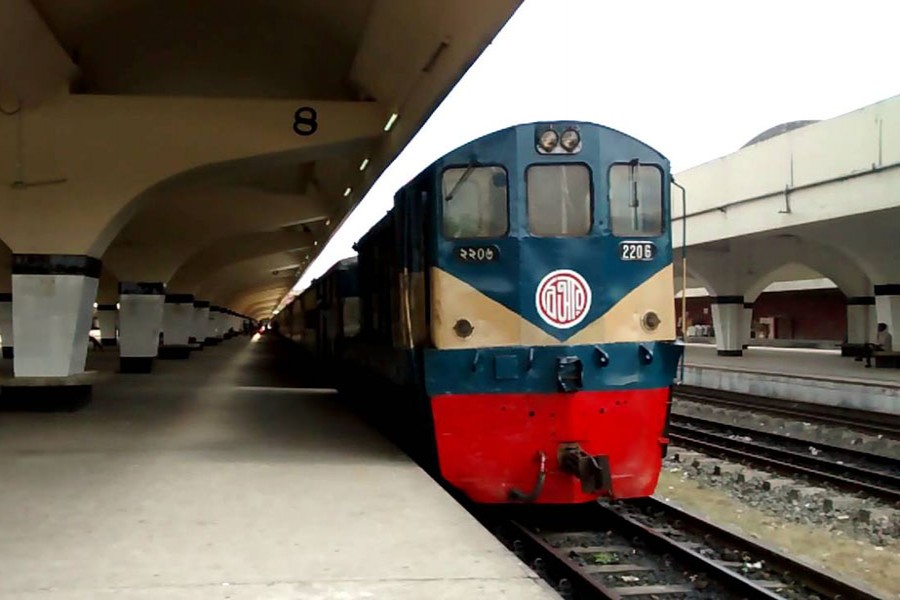
Published :
Updated :

Railway stations mean a lot to people who frequently travel by train. Those having a fascination for railway journeys view the stations in a way different from the mundanely disposed people. While the former develop a romance of sorts over a railway station, the latter consider the stations as a necessity. To them a railway station is a place which one must reach on time in order to catch the train. In the semi-urban and rural areas, they always look for the logistic facilities properly in place. Those include smart, up-and-doing booking clerks; station masters engrossed in line clearance and train crossing jobs; the station staff promptly ringing the large bell to signal the approach of a train etc. It matters little to them if a station has a concrete platform with rows of Neem trees giving shade to the white cement benches underneath. They hardly look around, while waiting for a train, to spot the new tea-stall which has been opened beside the old one at the end of the platform. Railway stations in Bangladesh, in fact in the whole sub-continent, present more or less this common spectacle.
With the stations used by both the rail-romantics and the purely business-meaning travellers in view, the railway authorities in Bangladesh nowadays seem to have reached a point of helplessness. They appear to be discovering themselves as being exhausted, with little to offer to the passengers. On this count, many might blame them squarely for disappointing the station-users. It's a paradox that a lot of people are unaware of the latest developments in the country's railway. They have little idea about the trainloads of people travelling places without the basic amenity of stations. To call the Bangladesh Railway a decaying state enterprise is no exaggeration. There are reasons, which are uncannily cogent.
That only 80 out of the 162 long closed railway stations could be opened in the country in two years is a grim portrayal of the sector. Swinging into action by a directive from the Prime Minister in 2016, the Bangladesh Railway (BR) put in the best of its efforts to reopen the stations declared closed by it. In the last two years, the rail authorities could meet only half of their target, being highly unsure of their capability to open the remaining stations. Their unequivocal blame falls on the severe manpower shortage which has been besetting the railway sector since the mid-1990s. It was around this time when a monumentally critical 'golden handshake' programme was put into effect. A vast segment of the railway employees availed of the apparently lucrative option, leading, invariably, to the creation of an ever-gaping vacancy.
With 9,000 vital mid- and low-level posts lying unstaffed presently at 455 stations, the BR appears to have long been in the soup. The sector being stuck in a virtual void, reportedly with no firm policy support and guideline, is a stark fact. It's no trivial inconvenience. It, in fact, continues to assume the proportions of a great challenge. Thus the recent reopening of the closed stations threatens to emerge against a gloomier backdrop. With no word-mincing, the BR concludes: many of the reopened stations may have to be closed down again. Stations have been renovated. But who will man them? No convincing answer appears forthcoming. As a desperate solution, some more new and vital stations across the country are set to face closure.
The railway, one of the two popular and less expensive modes of communication after waterways, has been serving the people for over one and half centuries. It is unacceptable that many once-lively stations now wear a dreary look.


 For all latest news, follow The Financial Express Google News channel.
For all latest news, follow The Financial Express Google News channel.